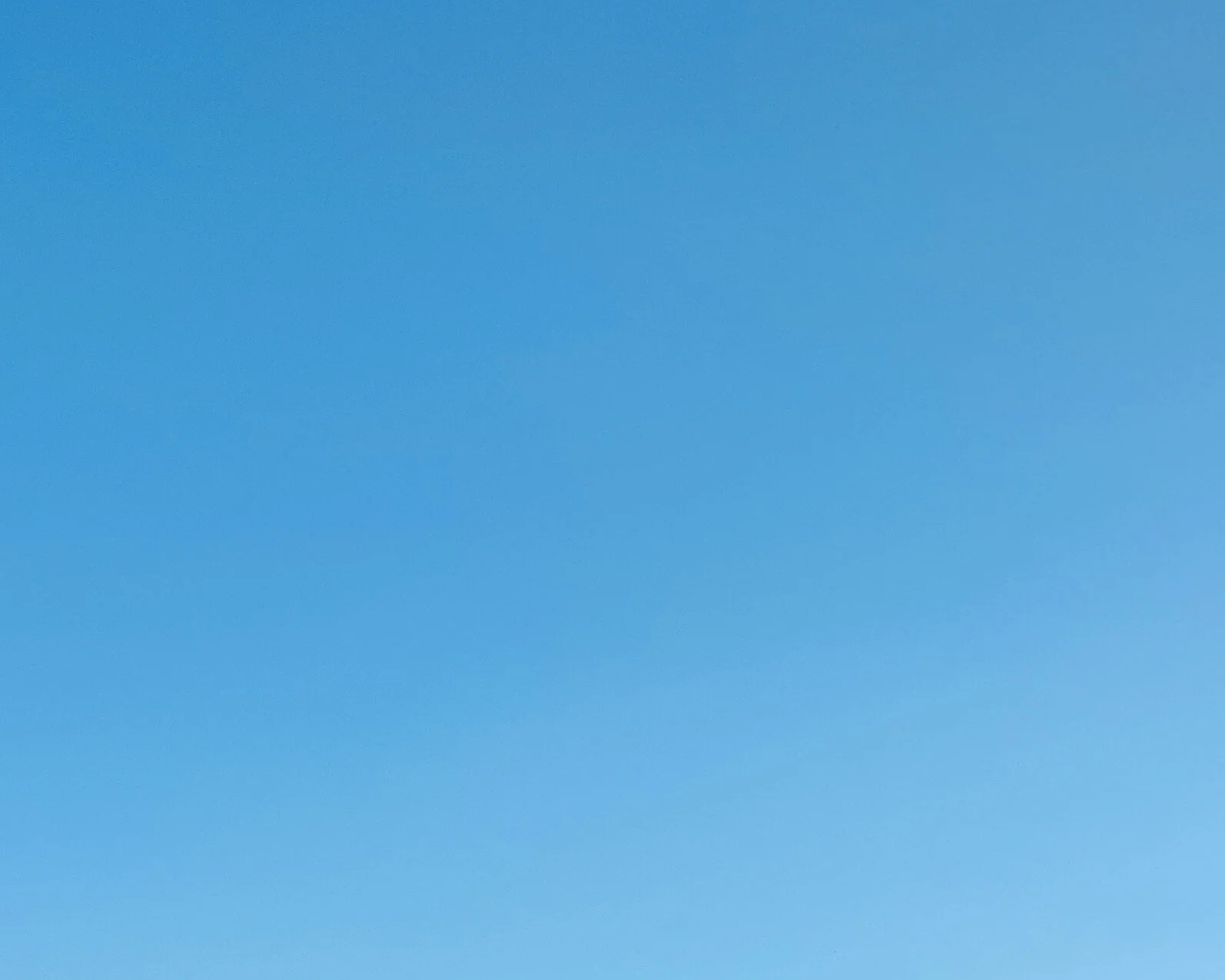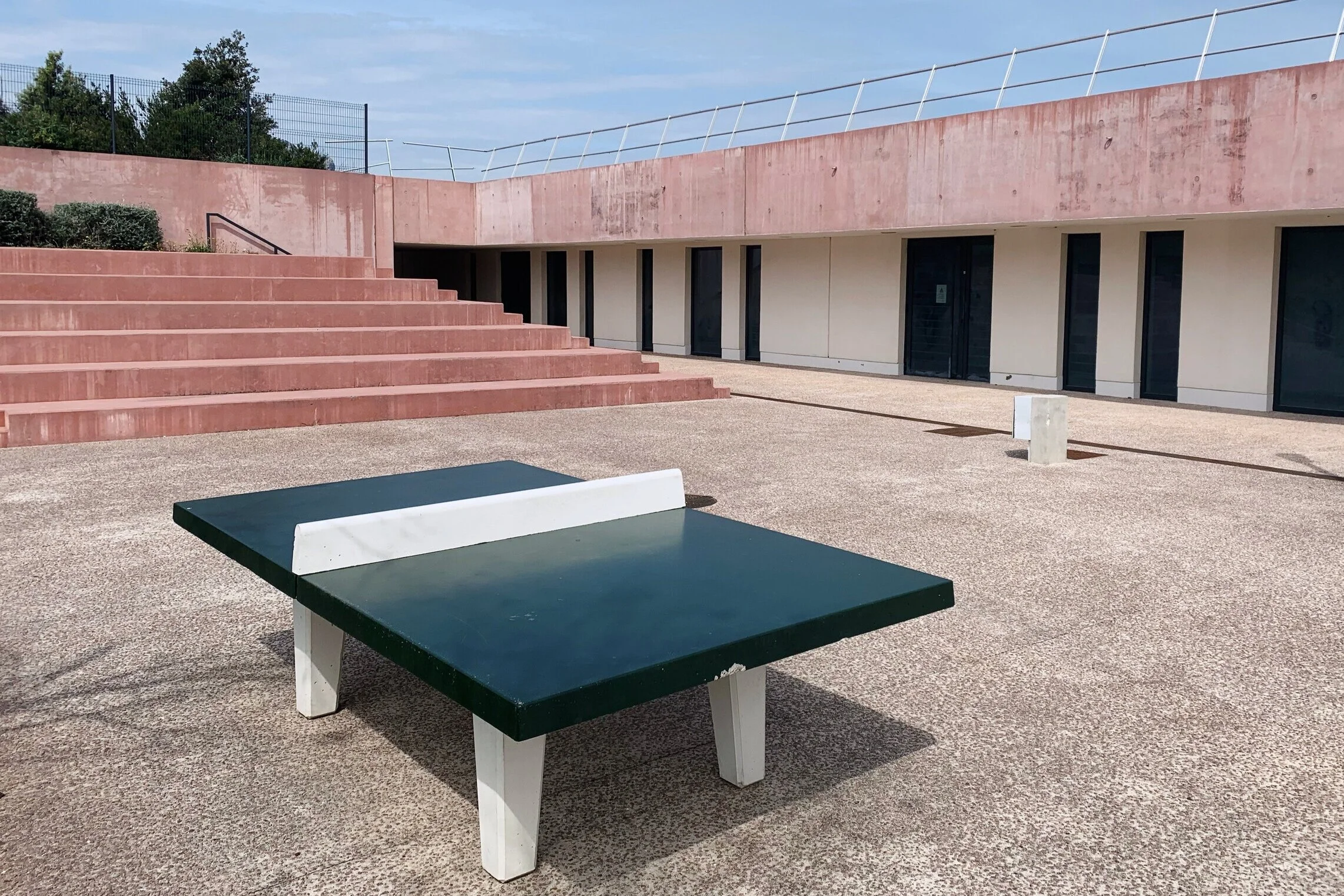How can we experience more of these powerful moments in our busy lives?
Hands up. I’m more of a hippy than a hipster. Going with the flow for me was always a way of just letting life happen and not taking any responsibility for it. Weirdly though in the 90s I was also an alcoholic adman. I got a lot done but at a great cost, to myself. I was stressed, depressed and drinking far too much. Not a great ad for a hippy really.
Following the sudden and tragic death of my brother in 1998 I realised that my life needed to change. So I went from an out of control world of obsessive doing to the seemingly calmer waters of life as a yoga and meditation teacher — a life of obsessive being. I learnt how by controlling my breath, I could control my mind. By strengthening and opening my body, I could find increased mental clarity and emotional resilience. And then when I started to create and do again, this time from a place of stillness and wellbeing, I started to find a deeper sense of flow. Doing with flow as well going with the flow.
This mysterious state of ‘flow’ when we lose ourselves in what we are doing, whilst performing at our best, is elusive. Most of us have had moments when we felt ‘in the zone’ or ‘at one’ and yet most of the time we are not. The management consultancy McKinsey observed that people in flow were 5 times more productive. And not only do they get more done but they often get their best work done in flow.
“A living body is not a fixed thing but a flowing event, like a flame or a whirlpool.”
Alan Watts
From moments… and momentum… to the momentous!
Moments
How long is a moment?
In medieval times moments were more common than seconds (not hard as they didn’t exist then!). There were 40 moments in every solar hour, and there were 12 solar hours every ‘day’. And as days meant the time between sunrise and sunset, moments got longer in summer and shorter in winter.
In her book A Tale for the Time Being, Ruth Ozeki explains the Zen mathematics of a moment through the time it takes to snap your fingers:
1 fingersnap = 65 moments
6,400,099,980 moments = one day
98,463,077 fingersnaps in a day
In truth the length of any moment is a personal thing. And yet people’s experiences of moments of flow do seem to have a lot in common:
You feel fully present
Your being and doing are one
Your inner critic is asleep
You feel in control
You have lost a sense of time
You feel worthwhile
Moments of flow do need periods of uninterrupted activity though. (I would say at least 20 minutes which can be all too rare these days.)
Mihály Czíkszentmihályi who coined the phrase ‘flow’ in the 1970s observed this commonality of experience with artists, musicians, performers and adventurers when they were having peak experiences.
“Your concentration is complete. Your mind isn’t wandering, you are not thinking of something else; you are totally involved in what you are doing… Your energy is flowing very smoothly. You feel relaxed, comfortable, and energetic.”
Dancer
“You are so involved in what you are doing [that] you aren’t thinking of yourself as separate from the immediate activity… You don’t see yourself as separate from what you are doing.”
Rock climber
“… the concentration is like breathing — you never think of it. The roof could fall in and, if it missed you, you would be unaware of it.”
Chess player
So how can we experience more of these powerful moments in our busy lives?
First it helps to understand the flow cycle. It starts with struggle. So if your first moments are difficult ones you know you’re on your way. Then comes the feeling of challenge, that you’re stretching yourself. Again not a particularly enjoyable moment! Finally you enter into flow. And then before you can get there again, there’s the final part of the flow cycle which is release, or time to recover.
Momentum
Have you ever prepared yourself properly to get into the flow state?
Here’s what you need to get there:
Be clear about your goal
Have the right skills to do it
Get live feedback on your progress
Challenge yourself
Create a distraction free environment
If you’re lacking any of the above, ask yourself if you can do anything about it? If you can, do it!
To clarify a goal, why not ask someone who has been there before.
To improve your skill, go on a course and get some practice in.
Find ways to improve your feedback loops — from others, digital tools or the work itself.
Stretch yourself. Move out of your comfort zone.
Turn off the internet! And all the notifications on your phone. Minimise disruptions. Train your mind to focus better through mindful meditation.
The flow channel is a meandering path from stretching yourself to regrouping, recovering and reflecting. If the challenge is too great for your level of skill, you will become anxious. If the challenge is too low, you will become bored. See if you can play with the dynamics of ‘stretch & learn’ and find your flow.
Recent research into top pianists and flow has also given us a significant physiological insight. As well as getting excited and stimulated when they are playing, top pianists also manage to maintain a healthy and balanced nervous system. They do this through using their breathing to maintain high levels of activity in the relaxation response branch of their nervous system.
When your breathing rhythm is synchronised with your heart and nervous system, you are in a state of coherence. According to Dr Alan Watkins: ‘Coherence is, in essence, the biological under-pinning of what elite performers call ‘the flow state’: a state of maximum efficiency and super- effectiveness where body and mind are one.’
To help more people get into flow through timing their breathing well, I created the app, BreatheSync for iPhone. People use it to get centred quickly, prepare to create or perform and to unwind after a busy day. Some use it to get into the sleep zone too. What would you do if you could breathe yourself better?
Momentous
By living more presently, in our moments, we grow the awareness necessary to make each one matter more. With practice and the right tools we develop the art of momentum. And if this is in the right direction (aligned with a sense of meaning and purpose), then we cannot avoid making momentous things. Fully embodied results than have the respect of all the means used to get them.
Flow is sometimes called an Autotelic experience, meaning what you do in flow is as much of a reward as the results of what you are doing. The journey is the goal as the saying goes. Yogis have always known this. In fact the word yoga has 2 distinct meanings:
Realising your full potential.
The practices by which you attain no. 1
As the father of flow, Mihály Czíkszentmihályi said: “The similarities between yoga and flow are extremely strong; in fact it makes sense to think of yoga as a very thoroughly planned flow activity. Both try to achieve a joyous, self-forgetful involvement through concentration, which in turn is made possible by a discipline of the body.”
Light is both a particle and a wave. Something fixed and at the same something flowing. And so are we. Our reality is equally contradictory. There is a feeling of being constant, a part of us that is always the same — our centre, our sense of ‘I’. And in the same breath, there is the experience of life — where the only constant is change.
How we hold these two aspects of ourselves makes a big difference to how we cope with the stresses and strains along the way. As we find better ways to relate to ourselves, we get closer to our potential — our power to change not only ourselves but the world around us.
I hope you find your flow. It will not only lead you to great things but will make the journey worth it too.
Originally published in the Hiut Denim Yearbook.
















